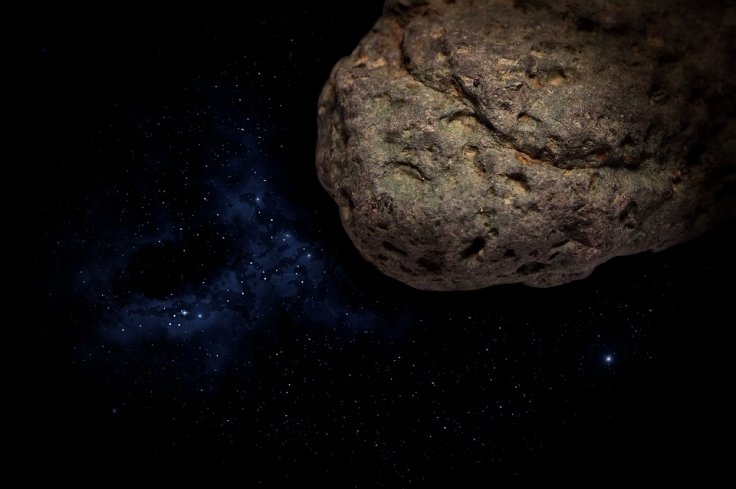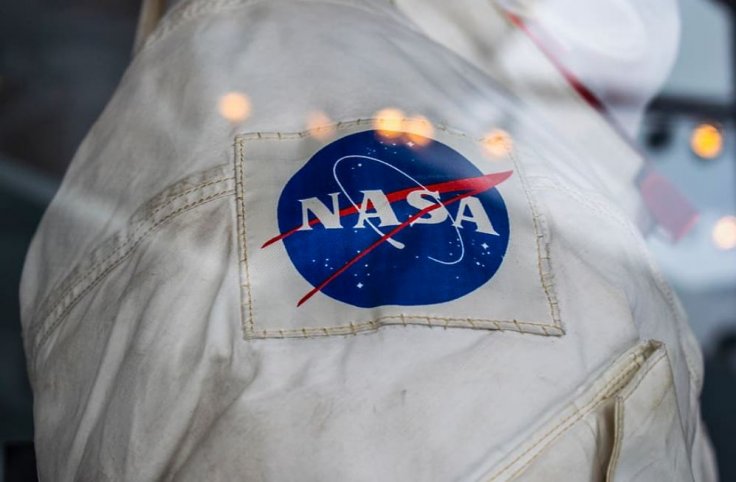NASA has warned of an asteroid bigger than the London Eye is hurtling toward the Earth. Scientifically called 2013 WV44, the asteroid is believed to be bigger than 10 buses stacked together end to end and will fly past at around 4 am EST on Wednesday. Traveling at a speed of 7.4 miles per second, it will be moving at roughly 34 times the speed of sound.
Despite its trajectory toward Earth, the asteroid is projected to maintain a minimum distance of 0.02334 astronomical units, which is approximately equivalent to 2.1 million miles. Although this distance is about nine times farther than the moon, the asteroid is categorized as a near-Earth object (NEO) and is being actively monitored by NASA.
Big Rock Hurtling Toward Earth

Astronomers have labeled the asteroid WV44 as "potentially hazardous" because it will pass within approximately 7.5 million kilometers of our planet. However, it is important to note that this distance is nearly 19 times the distance between the Earth and the Moon, indicating that the asteroid does not pose a threat to life on Earth.
"NEOs are comets and asteroids that have been nudged by the gravitational attraction of nearby planets into orbits that allow them to enter the Earth's neighborhood," said NASA.
"Composed mostly of water ice with embedded dust particles, comets originally formed in the cold outer planetary system while most of the rocky asteroids formed in the warmer inner solar system between the orbits of Mars and Jupiter.

"The scientific interest in comets and asteroids is due largely to their status as the relatively unchanged remnant debris from the solar system formation process some 4.6 billion years ago."
A Near-Earth Object (NEO) is categorized as an object that approaches within 1.3 astronomical units (AU) of the sun and within 0.3 AU (27.8 million miles) of Earth's orbit.
Despite asteroid 2013 WV44 being located at a distance of 2.1 million miles during its close approach, this is considered relatively close in astronomical measurements.
NASA includes WV44 on its online tracker of upcoming close approaches, which compiles a list of objects progressively approaching Earth.
Safe But NASA Still Alert
"Although it is not a PHA [potentially hazardous asteroid], it is relatively large," Japanese astronomer Atsuo Asami wrote on Twitter.

According to NASA, there are currently 32,254 known NEAs in our solar system, a significant increase from the figure of 30,000 reported last October. Among these, it is estimated that over 10,000 have a diameter larger than 460 feet (140 meters), while nearly 1,000 have a diameter larger than 3,280 feet (1 kilometer).
These numbers emphasize the importance of tracking these celestial objects. The first-ever discovered NEA, named 433 Eros, has an average diameter of 10.4 miles (16.8 kilometers).

433 Eros, an NEA with a distinct elongated shape and composed primarily of rock, was first noticed by German astronomer Carl Gustav Witt at the Berlin Observatory on August 13, 1898. Its orbit brings it relatively close to Earth, reaching a distance of approximately 13.5 million miles, which is 57 times the distance between Earth and the Moon.
In terms of size, the largest known NEA is named 1036 Ganymed, which should not be confused with Jupiter's moon of the same name. This NEA boasts a diameter of about 22 miles (35 kilometers).
NASA has been diligently monitoring the trajectories of all near-Earth objects (NEOs), extending their tracking efforts beyond the end of the century. Based on their ongoing observations, it appears that Earth is not at significant risk of any catastrophic events caused by NEO impacts for at least the next 100 years.









